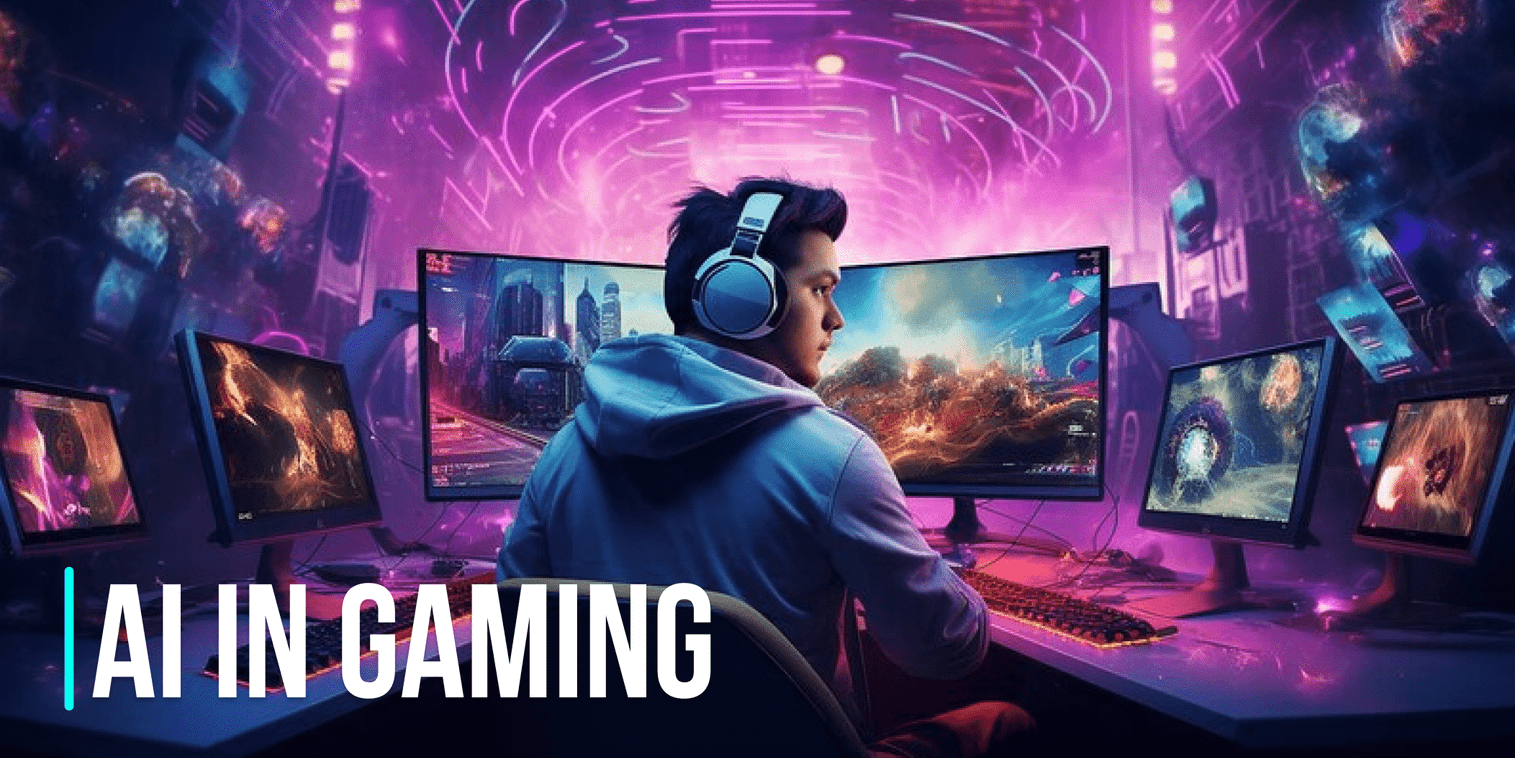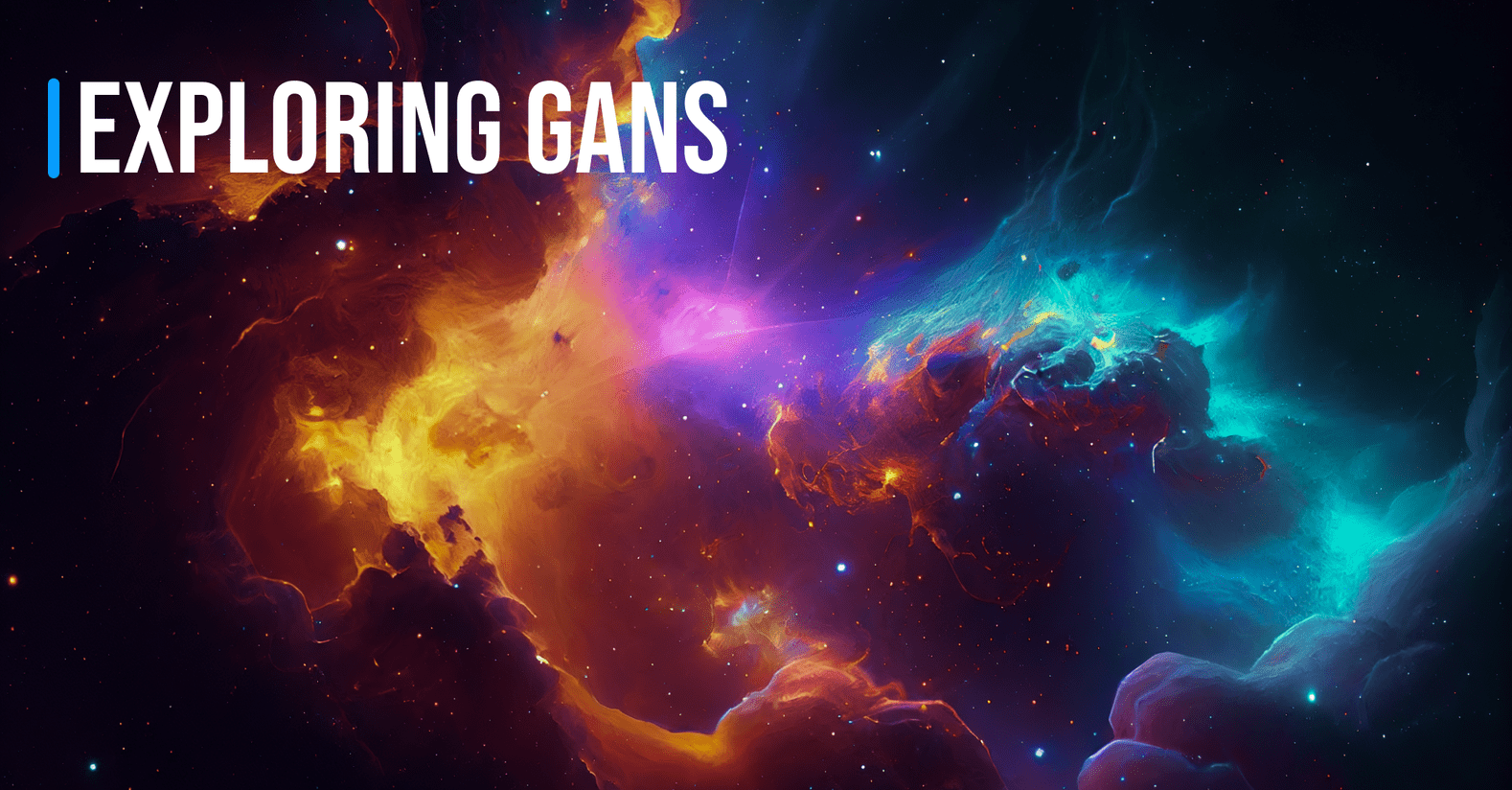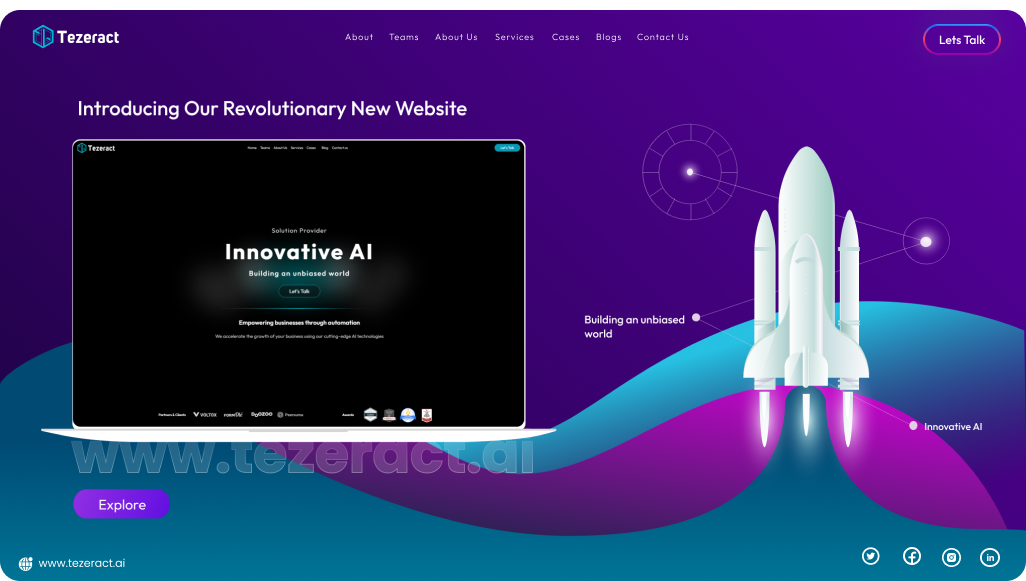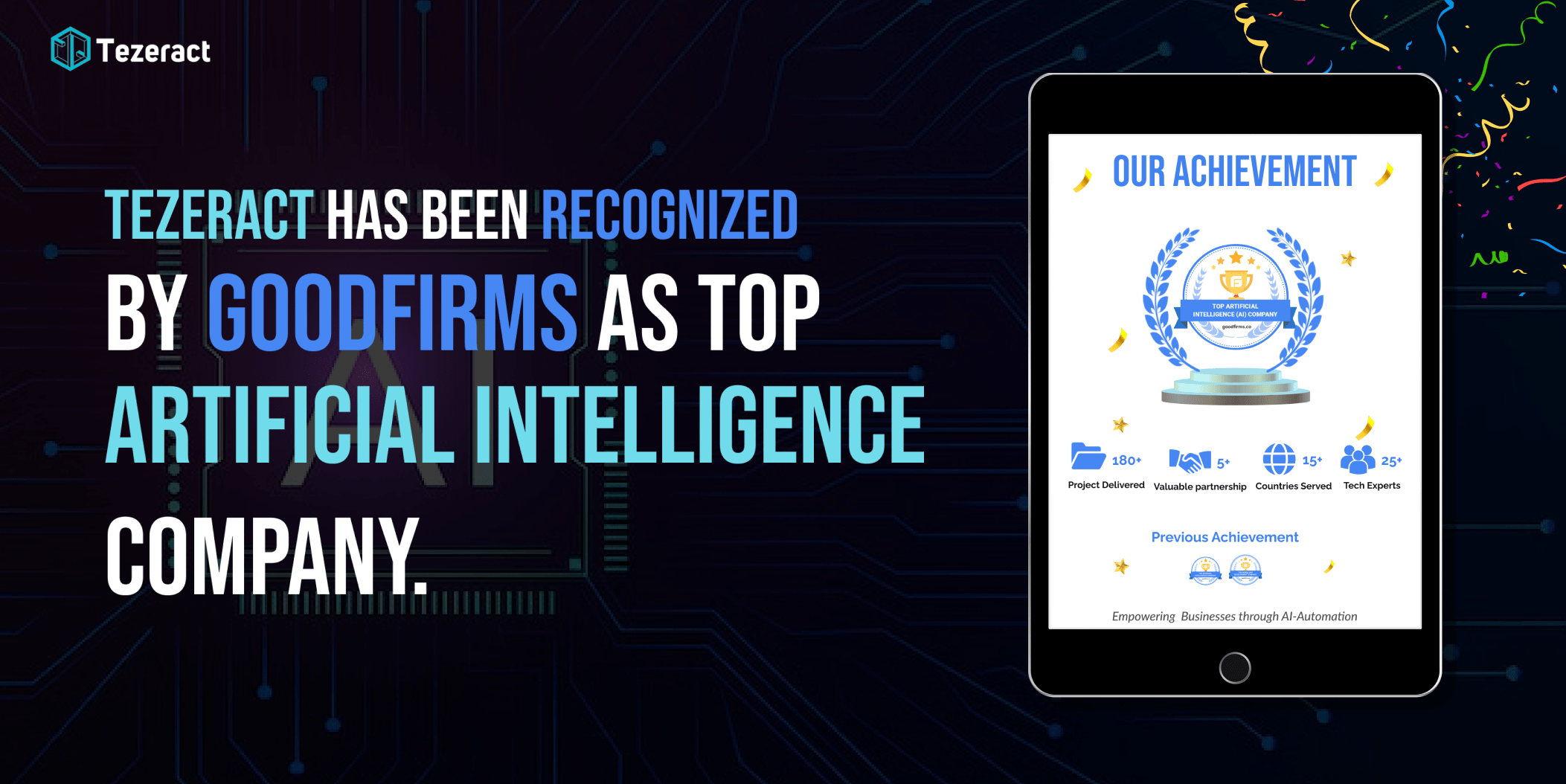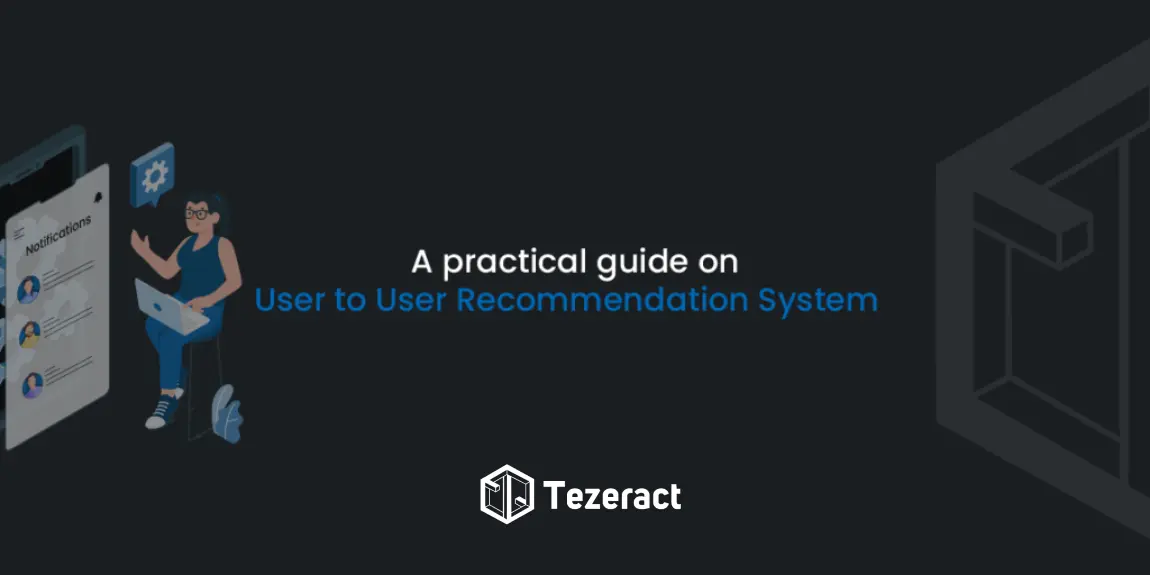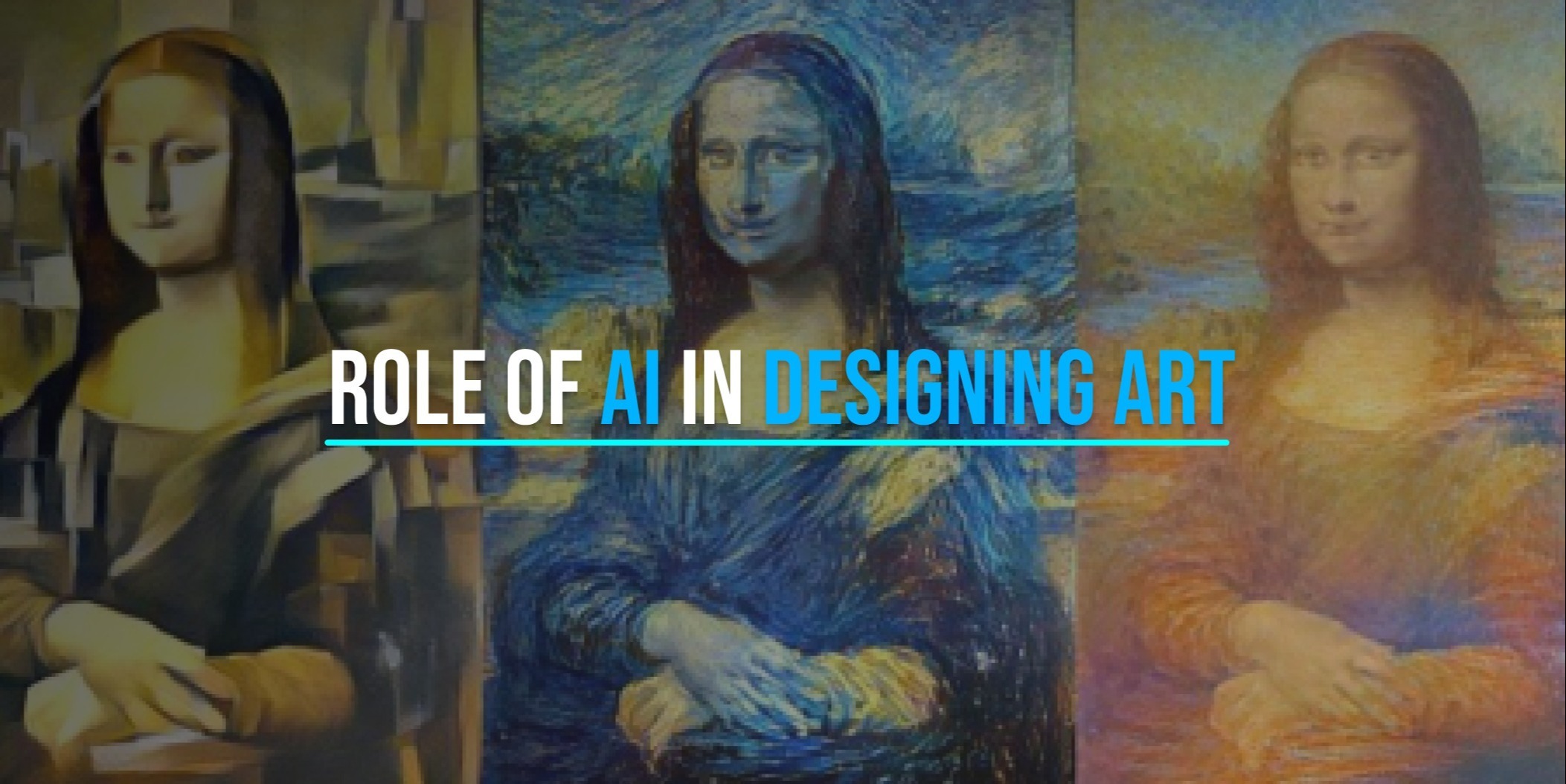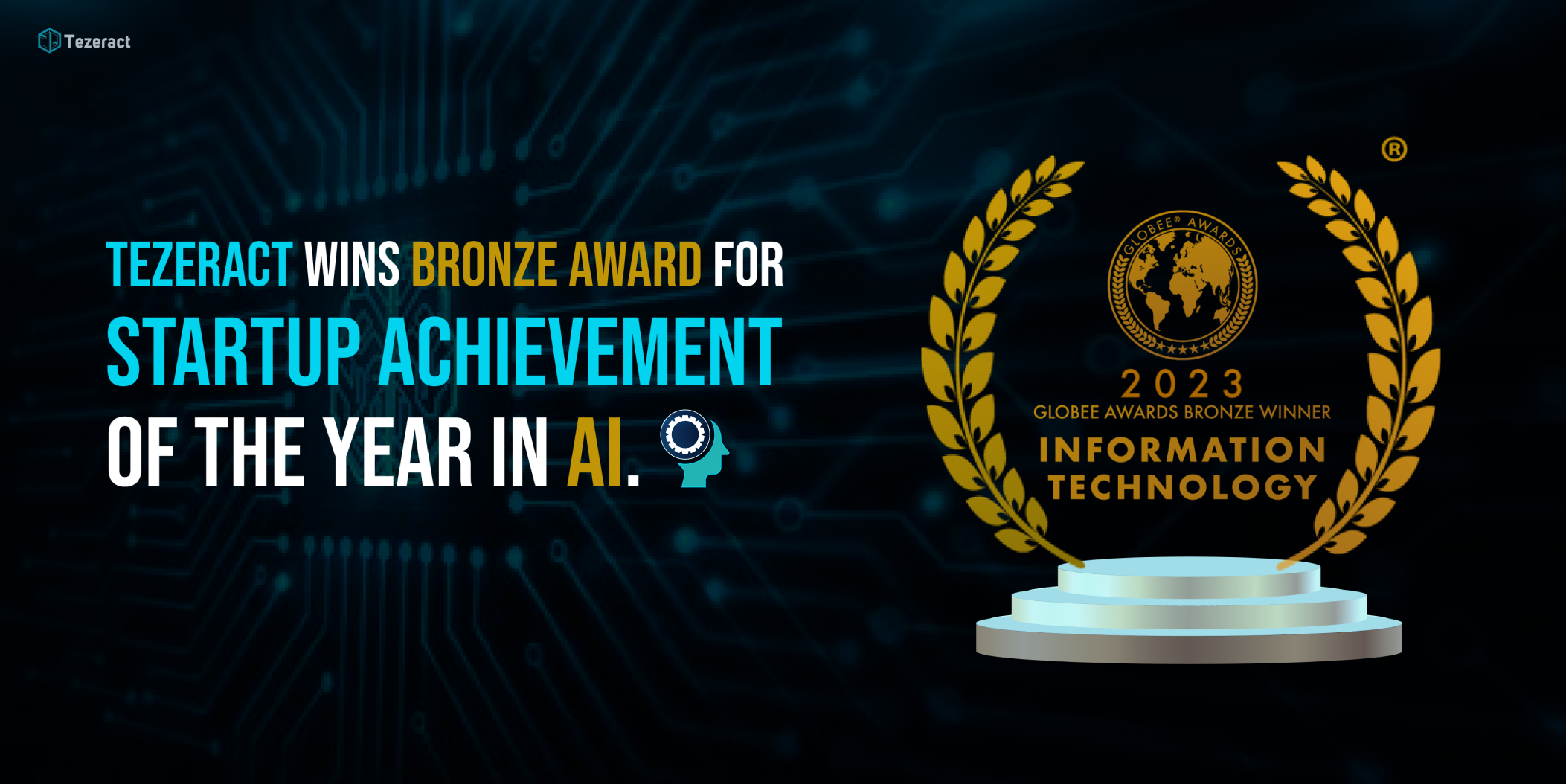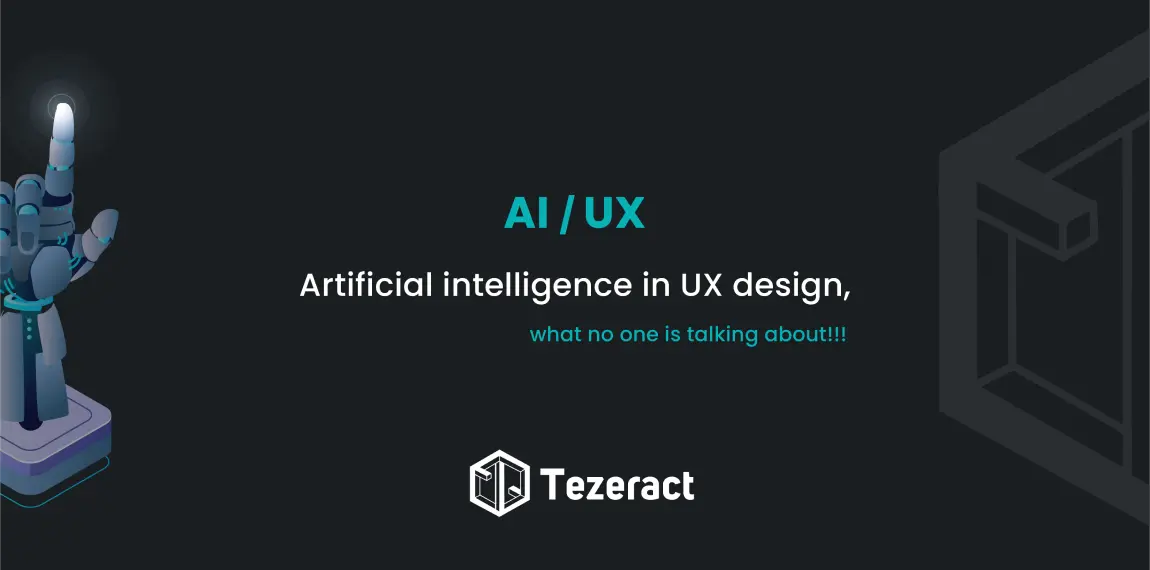Introduction
Ever played a video game where the characters felt as smart as your friends? It made you feel as if you were playing with real humans or characters. That’s not just good programming; it’s the magic of AI in gaming.
Think of it as your gaming buddy who makes sure you never get bored.
In this blog post, we’ll explore the multifaceted role of AI in gaming, its diverse use cases, emerging trends, ethical considerations, and the exciting future that lies ahead.
Ready to explore how your playtime is getting a futuristic upgrade?
Let’s roll!
Role of AI in gaming
AI in gaming has evolved from a mere feature to a fundamental pillar of the gaming industry. Its role extends beyond creating intelligent non-player characters (NPCs) or bots as per gamers to dynamically adapting game environments and narratives based on player behavior.
AI’s ability to learn and adapt in real time has opened up new possibilities, providing gamers with a more immersive and personalized experience.
For instance, the value of the video game market in the United States is $97.67 billion. The gaming software market is not the only one rapidly rising; the hardware market is also growing quickly. The monthly hardware revenue of the U.S. video game industry is $1.5 billion.
Not only that According to Zipo Stats, Global spending on AI in gaming is expected to reach $1.1 billion by 2025
These figures are a clear sign that the future of Artificial Intelligence in gaming is bright, and there’s even more exciting stuff on the way.
Use cases of AI in gaming world
The use of AI in gaming is not limited to a single aspect; it permeates various facets of game development and gameplay. Here are some ways AI is revolutionizing the gaming industry
Non-Player Character (NPC) Behavior
The most powerful application of AI in gaming is with NPC. NPCs can exhibit more realistic and adaptive behaviors by using AI algorithms. This allows them to react intelligently to player actions, creating a more immersive and challenging gaming experience.
Many gaming companies, such as SEED (EA), leverage the power of AI-enabled NPCs, which are trained by simulating top players.
Procedural Content Generation
In making video games, creating 3D stuff like characters, objects, and levels takes a lot of time and money. But with AI in Procedural Content Generation (PCG), game makers can speed up the process and make more diverse and cool game worlds. AI can also help create interactive stories based on what happened in the game before. This makes game development easier and faster.
AI algorithms can aslo generate diverse and interesting game environments, including landscapes, dungeons, and levels. This ensures that players encounter unique challenges in each playthrough.
Image Enhancements and AI Upscaling
AI also plays a significant role in enhancing the visual experience in gaming through a technique called “AI Upscaling.” This method involves transforming a low-resolution image into a higher-resolution one that looks similar. This not only revitalizes classic games but also allows players to enjoy better visuals and resolutions, even on older hardware.
NVIDIA’s DLSS technology is a prime example of AI-driven image enhancement. In games like “Cyberpunk 2077” and “Control,” NVIDIA researchers use AI upscaling to provide higher-resolution graphics and improved frame rates, giving players the ability to tweak the visuals in a scene.
Player Personalization
AI can analyze player behavior and skill levels in real time, adjusting the difficulty of the game to keep it challenging and engaging without becoming too frustrating or too easy. This is done by tracking the player’s progress through the game, such as how many enemies they have defeated, how many times they have died, and how long it takes them to complete certain tasks.
The AI then uses this information to adjust the difficulty of the game, making it easier or harder as needed. This ensures that the player is always challenged, but not so much that they give up. It also helps to keep the game fresh and interesting, as the player is always facing new challenges.
Automated Testing and Bug Detection
AI can be used for automated testing and bug detection, helping game developers identify and fix issues more efficiently during the development process. AI can be used to test games in a variety of ways, including:
- Running pre-defined tests to check for common bugs.
- Generating random data to test the game’s behavior in edge cases
- Playing the game itself to identify any issues that a human player might encounter.
AI can also be used to detect bugs that are difficult for humans to find, such as those that only occur under certain conditions or that are caused by interactions between multiple different parts of the game.
By automating the testing process, AI can help game developers find and fix bugs more quickly and easily, which can lead to a better quality game for players.
In-Game Assistance
AI-powered virtual assistants can provide guidance, hints, and tips to players during gameplay. They can analyze the player’s progress and offer assistance when needed. This can be helpful for players who are stuck on a particular level or who need help understanding a certain mechanic.
AI-powered virtual assistants can also be used to provide feedback to players on their performance. This can help players improve their skills and become better gamers.
Realistic Animation and 3D avatars
AI in gaming is getting so advanced that it can use AI techniques, such as deep learning, which can be used to create more realistic character animations, 3D avatars, facial expressions, and movements, enhancing the overall visual appeal of the game. This makes the games look and feel more immersive.
Emotionally Responsive Characters
AI can enable in-game characters to recognize and respond to the emotional cues of players, creating a more emotionally connected gaming experience. For example, if a player is feeling angry, the character might become more aggressive or defensive. If a player is feeling happy, the character might become more playful or friendly.
In addition, AI can be used to create characters that are more realistic and believable. This can be done by using AI to generate realistic facial expressions, body language, and voice inflections.
Emerging trends of AI in gaming industry
AI and gaming have become inseparable, and AI is really important for making games fun. As we delve into the ever-evolving role of AI in the gaming industry, let’s see how AI, along with other cool tech stuff, is changing the future of games. We’ll check out the big trends in AI for gaming that are happening now.
Generative Adversarial Networks (GANs) in gaming:
Generative AI is like a cheat code for game developers. It lets them create endless amounts of content that never gets old for example, AI can lifelike characters, textures, and environments. Games like No Man’s Sky and Minecraft are already using it to create massive worlds that players can explore for hours on end. And it’s not just the world that are getting more dynamic.
AI is also being used to create more lifelike NPCs that can learn and grow over time. This means that no two playthroughs of a game will ever be the same, which is sure to keep players coming back for more.
Blockchain Integration
AI and blockchain are teaming up to create decentralized gaming ecosystems where players own their in-game assets and build their own virtual economies. This is a significant development in the gaming industry, as it gives players more control over their gaming experience and allows them to earn real money from their in-game activities.
Decentralized gaming ecosystems allow for secure, transparent, and tamper-proof transactions. This makes it possible for players to own their in-game assets without the need for a central authority. Players can also trade and sell their in-game assets with other players, which creates a virtual economy that is driven by supply and demand.
AI and Virtual Reality (VR)
AI can be integrated into VR gaming to enhance immersion in a number of ways. For example, AI algorithms can be used to optimize graphics rendering, predict player movements, and adapt virtual environments in real-time. This can result in a more realistic and responsive VR experience.
Imagine you could create your own virtual world and invite your friends to hang out in it! That would be so cool, right? AI can actually do that! It can design virtual scenes that are really realistic and immersive. It’s like having your own personal playground.
Cloud Gaming and AI
The future of AI in gaming is all about streaming. Now, you can play your favorite high-end games online on any device, even your smartphone. With cloud-based gaming, you don’t have to bother downloading or installing games on your device. No need for an expensive gaming console or computer either. Plus, you can pick up right where you left off on any device.
Ethical considerations of Artificial Intelligence in Gaming
As AI becomes more and more common in gaming, ethical concerns are starting to become more important. Things like data privacy, algorithmic bias, and the potential for addiction all need to be carefully considered. It’s important to find a balance between pushing the boundaries of technology and making sure that players are safe and healthy. This is essential for the responsible development and use of AI in gaming.
The Future of AI and Gaming
The future of AI in gaming is incredibly promising. As AI algorithms continue to improve, we can expect to see even more realistic virtual worlds, deeply engaging stories, and AI-generated content that will blur the line between the real and the virtual. When combined with augmented and virtual reality, AI and gaming have the potential to revolutionize the way we play games.
How you can use AI in gaming industry
Start by identifying your goals and specific ways in which AI can help you, whether it is for enhancing player performance, In-game assistant, or to create a virtual 3D immersive environment. Once your goals are clear, you can select an AI tool.
Create a personalized tool
AI can help you in many ways like adding nonplayer characters, Player-Experience Modeling, and testing & debugging. You can look for custom AI tools to meet your needs.
You can also create a customized tool to meet the needs and goals
Consult a specific vendor
You should consult with a specialized AI vendor with whom you can define your goals for designing AI-powered tools for your niche. They can build personalized AI-powered tools for you based on your idea.
Conclusion
In conclusion, AI has emerged as a game-changer in the gaming industry, transforming the way games are developed, played, and experienced. With its diverse applications, ethical considerations, and the promise of an even more immersive future, the synergy between AI and gaming is set to redefine entertainment as we know it.
As technology advances, so does the potential for AI to create gaming experiences that captivate and challenge players in ways previously unimaginable. The future of gaming is undoubtedly intertwined with the intelligence of artificial minds, promising an exciting journey for developers, players, and the industry as a whole.
We are an award-winning technology firm with extensive expertise in creating spectacular digital success stories for a wide range of businesses.
Whether you’re a small business owner or a large enterprise, Tezeract can help you take advantage of the power of AI in gaming. From brainstorming to implementation, we’ll work with you to create custom AI solutions that save you money, time, and energy, while increasing productivity, revenue, and growth potential.

